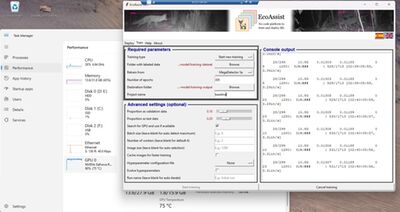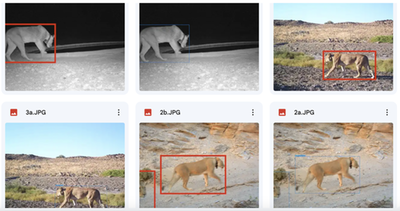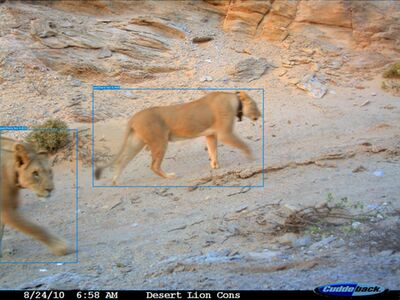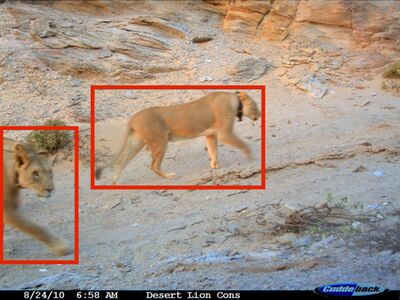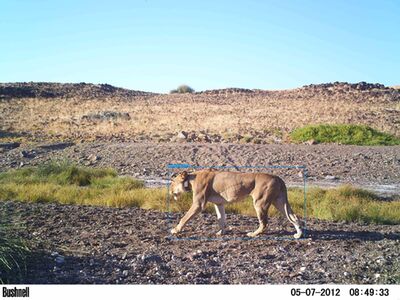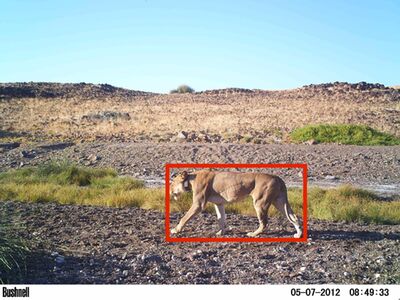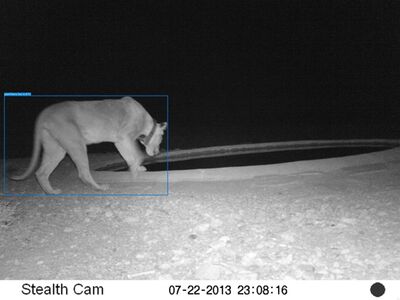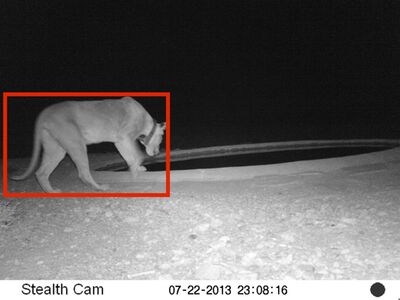Camera-trap data analysis
Sunday 24 September 2023
Recent advances in AI technology have enabled rapid analysis of vast amounts of camera-trap data. As with most computer/automated systems, the results are only as good as the attributes of the mathematic algorithms and quality and quantity of the data.
We are collaborating with SmartParks and other experts to develop a reliable AI programme that can scan a set of camera-trap images and identify key features. With machine learning the AI program identifies people and wildlife species, and can separate them into numerous categories.
Such AI platforms are already available internationally, but without a fast internet connection, they are not a viable option in Namibia. The SmartParks programme is designed for more control and to run off-line, when needed.
To assist the development of the AI recognition algorithms, DLC have prepared a database set of camera-trap photographs. The database consists of 74,604 camera-trap photographs for the period 2008 – 2012. All photographs were visually inspected, keywords were added, and smart collections were created to organise images by species and camera-trap location. All images were georeferenced and the mapping function in Lightroom CC were used to imbed location coordinates and other key data in the metadata of all photographs. We hope that the information will help train a reliable AI. An additional collection of +900,000 unprocessed camera-trap photos, for the period 2012 to current, were also prepared for analysis by the AI programme.
Summary results of the photo database
The set of 74,604 photographs was captured by 61 camera-traps spread throughout the study area. Half of the camera-traps were setup at “permanent” locations and contributed 75% of the database. All the images were visually inspected to confirm the presence and identification of species regardless of the quality of the image.
The images were separated into three categories: mammals, carnivores and bird species.
Mammals consisted of 16 species.

